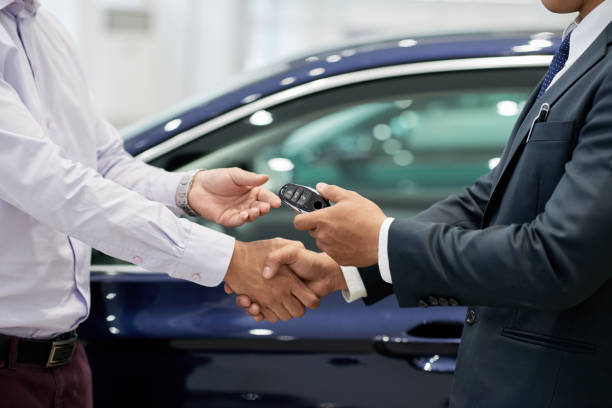
You will think that by now, most people know the importance of wearing a seatbelt when driving. However, many people don’t wear a seatbelt or require their passengers to do so. In my experience, about 50 percent of commercial drivers do not wear a seatbelt and consider it a hassle.
The notion is that they have driven this way for several months and even years without incident. This mindset can be very dangerous because it only takes one incident for serious bodily injury or even death to occur.
The statistics prove that seatbelts save lives. According to the NHTSA (National Highway Traffic Safety Administration), in the USA, of the 23,824 people killed in car crashes, about 51% were not wearing seat belts. Meaning over 12,000 lives could have been saved if this one safety practice had been adhered to.
Modern advancements in vehicle technology like airbags, cruise control, or lane change warnings do not negate the importance of a seat belt. In fact, for the other safety features to be effective, you need to wear your seat belt. There is no substitute for wearing a seat belt.
All the knowledge about the importance of wearing seat belts still hasn’t changed this dangerous habit of driving without one. Many drivers take these risks for several reasons, such as:
· I’m not going far or traveling at high speed; therefore, I don’t need to use a seatbelt
· Seat belts are uncomfortable
· I don’t like seat belts
· Seat belts can hurt me in a crash
· New technological advancements in vehicles make seat belts obsolete
I’ll usually ask follow-up questions in series when I hear these reasons for not wearing a seat belt. Questions like:
· Do bad things or unexpected things happen in life?
· Has something terrible or unexpected ever happened in your life?
· Would you rather have insurance or not if your car was stolen?
· Now, if you said YES, to all three, why wouldn’t you wear a seat belt?
Ever heard people say safety first? I’m sure you’ve heard it before. It is because everything else can be negotiated but safety. Only people who survive crashes live to tell their stories. However, seat belts are not a guarantee that one will survive a crash, but they give an apparent 50 percent chance of survival in the event of a crash.
Two primary importance of wearing a seat belt
1. Seat belts keep you secure in position
The result of severe impact is movement, and you remain locked in position when wearing a seat belt. This enables the deployed airbags to be effective in preventing spinal or head injuries. The airbags alone may cause severe injury or death if not used with a seat belt due to the force of deployment.
2. Seat belt keeps you from being ejected
In many cases, car crash fatalities occur when someone is ejected from the vehicle. The seat belt is designed to keep you in the car and increase your chances of survival.
Wise words for drivers
As a safe driver, you ensure that your passengers are buckled up before you drive. You also have to lead by example, because it is much easier to tell passengers to buckle up if you have also done the same. A safe driver does not plan to get into an accident, but she understands that accidents occur even under safe circumstances.
The smartest thing to do is always be prepared by practicing safe driving habits. Advanced safety features in modern vehicles are not a replacement for seat belts. However, they are more effective in keeping you safe when they work with seat belt use.
I encourage commercial cab and ride-share drivers to think not only of themselves but of their families as well. The consequences of not adhering to simple safety practices can reverberate through one’s family, causing unnecessary financial hardship and stress.
Everyone who gets behind the wheel must know that using a seat belt is non-negotiable, which is why seat belt laws exist in most countries. When driving without a seat belt, the police may fine you. Every life is meaningful, and it matters. Keep yourself and others safe by enforcing the safety practice of wearing a seat belt at all times.
No excuses are acceptable for not wearing one or encouraging passengers to wear theirs, whether in the passenger seat or back seat






